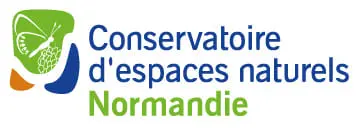Agrion à larges pattes
Platycnemis pennipes (Pallas, 1771)
- 731 observations
-
153
communes -
100
observateurs
30
organismes -
Première observation
1900 -
Dernière observation
2025
Alençon - Almenêches - Appenai-sous-Bellême - Athis-Val de Rouvre - Avrilly - Bagnoles de l'Orne Normandie - Bailleul - Banvou - Barville - Bazoches-sur-Hoëne - Beauvain - Belforêt-en-Perche - Bellême - Bellou-en-Houlme - Bizou - Boischampré - Bretoncelles - Briouze - Brullemail - Buré - Carrouges - Ceaucé - Ceton - Chahains - Chailloué - Champsecret - Condé-sur-Sarthe - Corbon - Coulimer - Coulonges-sur-Sarthe - Courgeoût - Cour-Maugis sur Huisne - Courtomer - Domfront en Poiraie - Écouché-les-Vallées - Écouves - Essay - Feings - Ferrières-la-Verrerie - Gandelain - Giel-Courteilles - Godisson - Gouffern en Auge - Guêprei - Hauterive - Héloup - Irai - Joué-du-Bois - Juvigny Val d'Andaine - La Bellière - La Chapelle-Montligeon - La Chaux - La Coulonche - La Ferrière-Béchet - La Ferté Macé - L'Aigle - La Lande-de-Goult - La Lande-Saint-Siméon - La Mesnière - La Motte-Fouquet - Le Bouillon - Le Champ-de-la-Pierre - Le Châtellier - Le Grais - Le Mage - Le Mêle-sur-Sarthe - Le Ménil-Broût - Le Merlerault - Le Plantis - Le Sap-André - Les Monts d'Andaine - Les Ventes-de-Bourse - Longny les Villages - Lonlay-l'Abbaye - L'Orée-d'Écouves - Magny-le-Désert - Mahéru - Mantilly - Marchemaisons - Méhoudin - Ménil-Hermei - Ménil-Hubert-sur-Orne - Ménil-Vin - Messei - Mieuxcé - Montchevrel - Montgaudry - Monts-sur-Orne - Mortagne-au-Perche - Moulins-la-Marche - Moutiers-au-Perche - Neauphe-sous-Essai - Passais Villages - Perche en Nocé - Perrou - Pervenchères - Pointel - Putanges-le-Lac - Rémalard en Perche - Rives d'Andaine - Rouperroux - Sablons sur Huisne - Saint-André-de-Briouze - Saint-Aquilin-de-Corbion - Saint-Aubin-d'Appenai - Saint-Bômer-les-Forges - Saint-Brice - Saint-Céneri-le-Gérei - Saint-Clair-de-Halouze - Saint-Denis-sur-Huisne - Saint-Denis-sur-Sarthon - Sainte-Céronne-lès-Mortagne - Sainte-Honorine-la-Guillaume - Saint-Ellier-les-Bois - Sainte-Scolasse-sur-Sarthe - Saint-Evroult-Notre-Dame-du-Bois - Saint-Fraimbault - Saint-Germain-de-la-Coudre - Saint-Germain-de-Martigny - Saint-Germain-des-Grois - Saint-Germain-du-Corbéis - Saint-Gervais-du-Perron - Saint-Gilles-des-Marais - Saint-Hilaire-de-Briouze - Saint-Hilaire-le-Châtel - Saint-Hilaire-sur-Erre - Saint-Jouin-de-Blavou - Saint-Julien-sur-Sarthe - Saint-Léger-sur-Sarthe - Saint-Mard-de-Réno - Saint-Mars-d'Égrenne - Saint-Martin-des-Landes - Saint-Martin-des-Pézerits - Saint-Martin-du-Vieux-Bellême - Saint-Martin-l'Aiguillon - Saint-Nicolas-des-Bois - Saint-Ouen-de-Sécherouvre - Saint-Patrice-du-Désert - Saint-Philbert-sur-Orne - Saint-Pierre-des-Loges - Saint-Pierre-la-Bruyère - Saint-Quentin-de-Blavou - Saint-Roch-sur-Égrenne - Sarceaux - Semallé - Soligny-la-Trappe - Suré - Tessé-Froulay - Torchamp - Tourouvre au Perche - Val-au-Perche - Verrières - Vieux-Pont
-
PNR et géoparc mondial UNESCO Normandie-Maine
Participation à 211 Observations
Part d'aide à la prospection : 28.86 %
Fiche organisme
-
PNR du Perche
Participation à 205 Observations
Part d'aide à la prospection : 28.04 %
Fiche organisme
-
Association Faune & Flore de l'Orne (AFFO)
Participation à 140 Observations
Part d'aide à la prospection : 19.15 %
Fiche organisme
-
DREAL Centre-Val de Loire
Participation à 86 Observations
Part d'aide à la prospection : 11.76 %
Fiche organisme
-
Office pour les insectes et leur environnement (OPIE)
Participation à 75 Observations
Part d'aide à la prospection : 10.26 %
Fiche organisme
-
Société Française d'Odonatologie
Participation à 75 Observations
Part d'aide à la prospection : 10.26 %
Fiche organisme
-
GRoupe d'ETude des Invertébrés Armoricains (GRETIA)
Participation à 53 Observations
Part d'aide à la prospection : 7.25 %
Fiche organisme
-
Conseil départemental de l'Orne (bureau ENS)
Participation à 53 Observations
Part d'aide à la prospection : 7.25 %
Fiche organisme
-
UMS PatriNat (OFB-CNRS-MNHN)
Participation à 33 Observations
Part d'aide à la prospection : 4.51 %
Fiche organisme
-
Habitants-bénévoles
Participation à 25 Observations
Part d'aide à la prospection : 3.42 %
Fiche organisme
-
Système mondial d’information sur la biodiversité (GBIF)
Participation à 22 Observations
Part d'aide à la prospection : 3.01 %
Fiche organisme
-
Conseil départemental de l'Orne
Participation à 13 Observations
Part d'aide à la prospection : 1.78 %
Fiche organisme
-
INTERVIA ETUDES
Participation à 13 Observations
Part d'aide à la prospection : 1.78 %
Fiche organisme
-
Naturalia-Environnement
Participation à 13 Observations
Part d'aide à la prospection : 1.78 %
Fiche organisme
-
Peter Stallegger (Consultant Environnement)
Participation à 9 Observations
Part d'aide à la prospection : 1.23 %
Fiche organisme
-
Bureaux d'études & consultants
Participation à 6 Observations
Part d'aide à la prospection : 0.82 %
Fiche organisme
-
Office national des forêts (ONF)
Participation à 4 Observations
Part d'aide à la prospection : 0.55 %
Fiche organisme
-
Ministère de la Transition écologique et de la Cohésion des territoires
Participation à 3 Observations
Part d'aide à la prospection : 0.41 %
Fiche organisme
-
CPIE Collines normandes
Participation à 1 Observation
Part d'aide à la prospection : 0.14 %
Fiche organisme
-
Conservatoire d'espaces naturels de Midi-Pyrénées (CEN MP)
Participation à 1 Observation
Part d'aide à la prospection : 0.14 %
Fiche organisme
-
Muséum national d'Histoire naturelle (MNHN)
Participation à 1 Observation
Part d'aide à la prospection : 0.14 %
Fiche organisme
-
Groupe Ornithologique des Avaloirs
Participation à 1 Observation
Part d'aide à la prospection : 0.14 %
Fiche organisme
-
Mayenne Nature Environnement (MNE)
Participation à 1 Observation
Part d'aide à la prospection : 0.14 %
Fiche organisme
-
Conservatoire d'espaces naturels de Normandie (CEN Normandie)
Participation à 1 Observation
Part d'aide à la prospection : 0.14 %
Fiche organisme
-
Office Français de la Biodiversité (OFB)
Participation à 1 Observation
Part d'aide à la prospection : 0.14 %
Fiche organisme
Informations espèce
Longueur de l'abdomen : 26-33 mm.
Diagnose :
C’est une Demoiselle aux tibias des pattes médianes et postérieures dilatés – ovales, surtout chez les mâles, et présentant (sur les tibias) une ligne noire longitudinale continue chez les sujets matures.
Détermination :
L'espèce est assez simple à reconnaître.
Espèces proches :
L'espèce peut être confondue lorsqu’elle est immature avec l’Agrion blanchâtre et l’Agrion orangé qui ne possèdent pas la ligne longitudinale noire sur leurs tibias.
Période d’observation :
Les adultes sont observés de mai à septembre.
Biologie-éthologie :
Cette espèce a une génération par an. Les adultes restent généralement à proximité de l’eau. Les mâles ne semblent pas développer de véritable parade sexuelle. Les femelles pondent souvent lors du tandem, dans des plantes ou des débris végétaux flottant.
Biogéographie et écologie :
L’espèce est présente dans une grande partie de l’Europe jusqu’à l’Asie Mineure et la Sibérie. Elle fréquente les eaux ensoleillées stagnantes et courantes, neutres ou alcalines évitant les eaux acides (tourbières) et ne s’observe que rarement dans les massifs montagneux (jusqu’à 1800 m).
D'après :
Grand, D. & Boudot, J.-P. 2006. Les Libellules de France, Belgique et Luxembourg. Collection Parthénope. Biotope, Méze. 480 pp.
Dijkstra, K.-D. B. 2007. Guide des libellules de France et d'Europe. Les guides du naturaliste. Delachaux & Niestlé, Paris. 320 pp.
Source : fiche descriptive, INPN
C2 : Eaux courantes de surface
J5 : Plans d'eau construits très artificiels et structures connexes
Répartition actuelle en France métropolitaine
© INPN - Avertissement : les données visualisables reflètent l'état d'avancement des connaissances et/ou la disponibilité des données existantes au niveau national : elles ne peuvent en aucun cas être considérées comme exhaustives.
Répartition actuelle dans le monde
Avertissement : les données visualisables reflètent l'état d'avancement des connaissances et/ou la disponibilité des données existantes au niveau mondial : elles ne peuvent en aucun cas être considérées comme exhaustives.








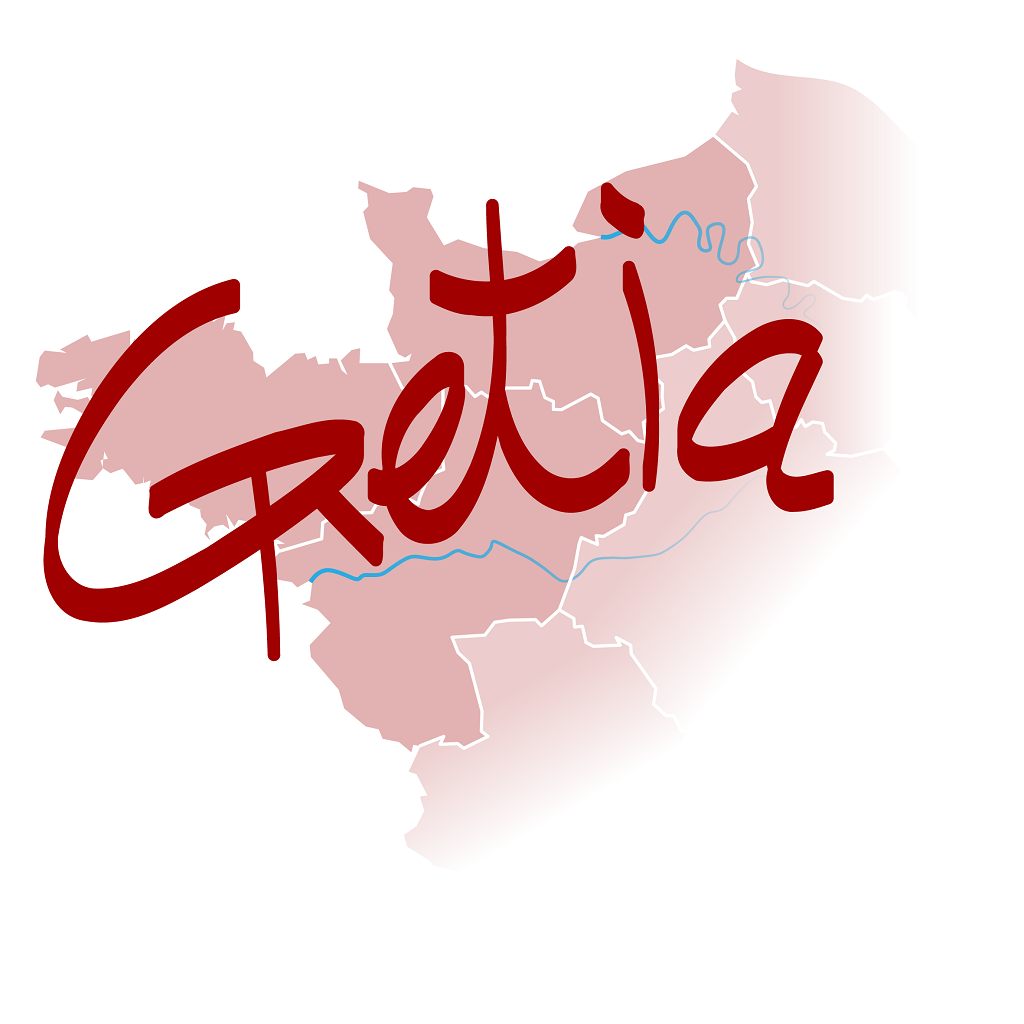




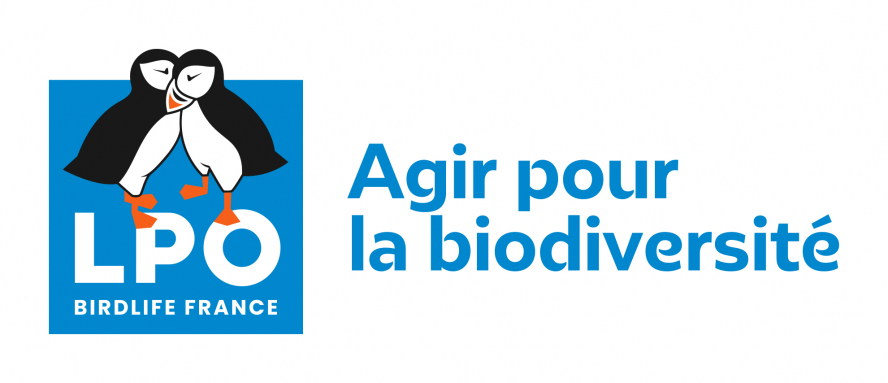

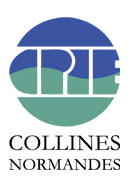
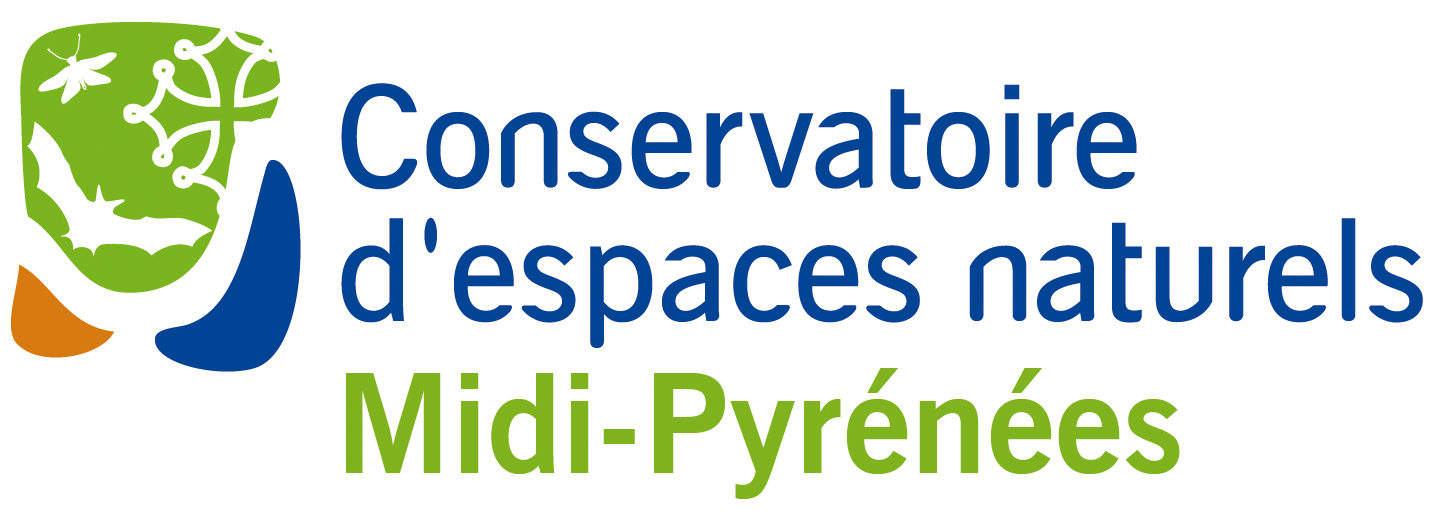

/image%2F0265954%2F201211%2Fob_bcd0603f76b8f29e80ca47f6b4471638_logogoa1.jpg)

